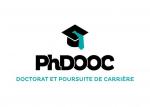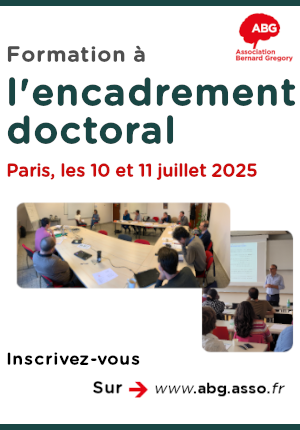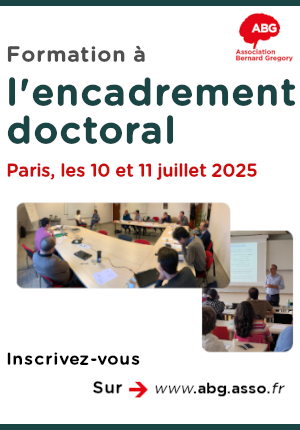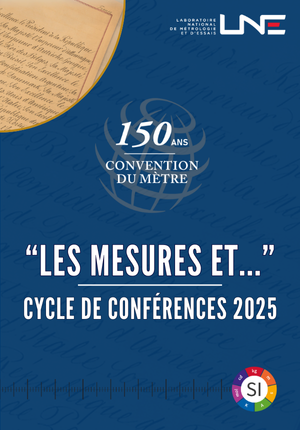Sustainable Production of Astaxanthin using Robust Control / Production Durable d’Astaxanthine en utilisant le contrôle commande
| ABG-131612 | Sujet de Thèse | |
| 30/04/2025 | Contrat doctoral |
- Biotechnologie
- Sciences de l’ingénieur
Description du sujet
Microalgae are photosynthetic organisms which convert carbon dioxide and light into high-value compounds (antioxidants, proteins, …) with applications in pharmaceutics, cosmetics, food, contributing to the global bioeconomy (Acién Fernandez et al., 2021). They are mostly cultivated as suspended cells in conventional outdoor systems (closed photobioreactors - PBR and raceways) but recently, a new and promising approach has emerged to simplify biomass harvesting and improve productivity: the biofilm-based cultivation (Zhuang et al., 2018) in which cells adhere and grow on a support (Fanesi et al., 2022*; Li et al, 2024*). Biofilms were shown to be more productive with a reduced environmental footprint (Penaranda et al., 2023). This new approach can therefore significantly improve the sustainability and cost effectiveness of microalgae production, broadening their field of application. Besides, tools for efficient on-line monitoring and control of microalgae cultures are poorly developed and implemented though their interest for the optimization of microalgae farming. Regarding process control, its main goal is to ensure that the culture operates at the maximum productivity regardless environmental perturbations (e.g. varying light and temperature in outdoor conditions). Robust control strategies have been developed to maximize the productivity of microalgae but only few have been validated on real experimental datasets (Bernard 2011, Tebbani et al. 2014*, Otalora et al. 2024) and almost none have been applied to photosynthetic biofilm-based technologies (Lamare et al. 2019). For the first time, astaxanthin (high-value antioxidant compound, pigment) production using H. pluvialis cultivated in a rotating biofilm reactor has been demonstrated at LGPM (Morgado et al., 2023*, European project ITN DigitalAlgaesation). A monitoring tool was also developed and validated to measure in a non-destructive way biomass areal density and astaxanthin content (Morgado et al., 2024*). Furthermore, an original dynamic model predicting astaxanthin production was established (Morgado et al., submitted). The goal of this PhD thesis is to design and validate optimization and control strategies to maximize, online, the astaxanthin productivity in a biofilm rotating system. At the end, an automatically controlled system is expected. Experimental, monitoring and modelling approaches developed in the framework of D. Morgado thesis will be applied and extended in this thesis. This will be achieved in several steps: first, experiments will be carried out to provide additional data to upgrade the existent model. The impact of operational process on biomass and astaxanthin productivity will be monitored. Optimal operating conditions will be then identified. Finally, robust control laws will be designed to maintain the bioprocess at its maximal astaxanthin productivity (Tebbani et al., 2014, 2015*). Outcomes from this thesis will contribute to increase the scientific knowledge on the formation of photosynthetic biofilms which are still poorly studied and have a great industrial potential. From an engineering point of view, an automatically controlled biofilm-rotating set-up will be proposed. The project will be carried out in the Laboratory of Chemical Engineering and Materials Science (LGPM) which brings expertise in microalgae bioprocess development and monitoring and the Laboratory of Signals and Systems (L2S) which has extensive experience in bioprocess modelling, optimization and control.
Prise de fonction :
Nature du financement
Précisions sur le financement
Présentation établissement et labo d'accueil
L'équipe bioprocédés du LGPM aborde le domaine des procédés mettant en œuvre le vivant avec une approche à la fois multiéchelle et multidisciplinaire, aux interfaces entre le génie des procédés, la microbiologie, la physique et les mathématiques appliquées, entre autres.
Nous concevons et mettons en place des outils originaux de caractérisation, de suivi (imagerie, cultures immobilisées, microsystèmes, mini-bioréacteurs, capteurs…) et de modélisation du vivant, à différentes échelles (de la cellule à la population/communauté microbienne au sein du (photo)bioréacteur), afin de mieux comprendre le vivant, son interaction avec l’environnement, afin de pouvoir le maîtriser, le contrôler et l’exploiter dans différents domaines d’application.
Ceux-ci concernent, entre autres, le contrôle de biofilms (dispersion, désinfection, maîtrise et exploitation des populations/communautés microbiennes, biofilms photosynthétiques, cultures monospécifiques de microalgues, cultures mixtes impliquant des microalgues, cultures de champignons...) en vue de développer et d’optimiser des bioprocédés innovants pour des applications multiples (production de biomasse et de molécules d’intérêt, épuration d’effluents, capture de CO2, production de biogaz …) ; notre objectif essentiel consiste également à conjuguer l’optimisation de la performance et la minimisation de l’empreinte écologique.
Site web :
Intitulé du doctorat
Pays d'obtention du doctorat
Etablissement délivrant le doctorat
Profil du candidat
Required skills: Microbial culture, experience in modelling of dynamic systems and computer programming.
Vous avez déjà un compte ?
Nouvel utilisateur ?
Vous souhaitez recevoir nos infolettres ?
Découvrez nos adhérents
 Généthon
Généthon  Groupe AFNOR - Association française de normalisation
Groupe AFNOR - Association française de normalisation  Tecknowmetrix
Tecknowmetrix  Ifremer
Ifremer  ONERA - The French Aerospace Lab
ONERA - The French Aerospace Lab  Aérocentre, Pôle d'excellence régional
Aérocentre, Pôle d'excellence régional  ADEME
ADEME  Laboratoire National de Métrologie et d'Essais - LNE
Laboratoire National de Métrologie et d'Essais - LNE  ASNR - Autorité de sûreté nucléaire et de radioprotection - Siège
ASNR - Autorité de sûreté nucléaire et de radioprotection - Siège  ANRT
ANRT  PhDOOC
PhDOOC  Nokia Bell Labs France
Nokia Bell Labs France  Institut Sup'biotech de Paris
Institut Sup'biotech de Paris  TotalEnergies
TotalEnergies  SUEZ
SUEZ  CASDEN
CASDEN  MabDesign
MabDesign  MabDesign
MabDesign  CESI
CESI
-
EmploiRef. 131366Belvaux, LuxembourgLuxembourg Institute of Science and Technology
SD-25237 – ENGINEER IN SMART GRID AUTOMATION
Expertises scientifiques :Energie - Energie
Niveau d’expérience :Confirmé
-
EmploiRef. 131557BREST , Bretagne , FranceIFREMER
Ingénieur en Modélisation H/F
Expertises scientifiques :Terre, univers, espace - Mathématiques
Niveau d’expérience :Confirmé





